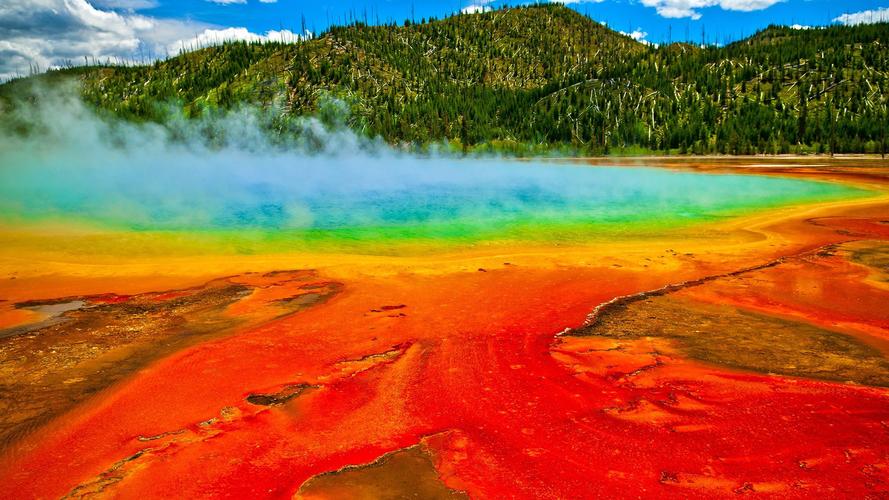Understanding Chemical Processes: What Information Does a Reaction Rate Give?
Have you ever wondered how scientists determine the rate at which chemical reactions occur? Reaction rate is a crucial concept in chemical reactions, providing invaluable information that helps to understand how reactions take place and how they can be controlled.
What is Reaction Rate?
Reaction rate is the rate at which reactants are consumed or products are formed in a chemical reaction. It is commonly expressed in units of moles per second (mol/s) or concentration per unit time (mol/Ls). The rate of a reaction depends on several factors, including the nature of the reactants, the concentration of the reactants, and the temperature.
Why is Reaction Rate Important?
Reaction rate provides crucial information about chemical reactions. It helps scientists understand the kinetics of a reaction, which refers to how fast a reaction occurs under certain conditions. By measuring the reaction rate, scientists can determine how long it takes for a reaction to reach completion, the activation energy of the reaction, and the mechanism by which the reaction takes place.
How is Reaction Rate Calculated?
To determine the reaction rate, scientists measure the change in concentration of either the reactants or products over time. This is typically done using spectroscopic or chromatographic techniques that allow for precise measurement of concentration. The rate of the reaction is then calculated using the following equation:
rate = (change in concentration)/(change in time)
For example, in the reaction between hydrogen and oxygen to form water, the reaction rate can be determined by measuring the decrease in hydrogen concentration or the increase in water concentration over time.
How Is Reaction Rate Affected By Temperature and Concentration?
Temperature and concentration are two factors that can affect the rate of a reaction. As temperature increases, the rate of the reaction typically increases as well, because more kinetic energy is available to reactant molecules, leading to more collisions between molecules and increased reaction rate. Concentration can also affect reaction rate – a higher concentration of reactants typically leads to more frequent collisions between molecules, resulting in a higher reaction rate.
Conclusion
Reaction rate is an essential concept in chemical reactions. It provides valuable information about how reactions occur, and how they can be controlled. By understanding reaction rates, scientists can develop strategies to optimize reactions, improve reaction efficiency, and reduce waste. Whether you are a student of chemistry or a professional chemist, understanding reaction rate is a crucial step towards mastering the field of chemical processes.
(Note: Do you have knowledge or insights to share? Unlock new opportunities and expand your reach by joining our authors team. Click Registration to join us and share your expertise with our readers.)
Speech tips:
Please note that any statements involving politics will not be approved.
